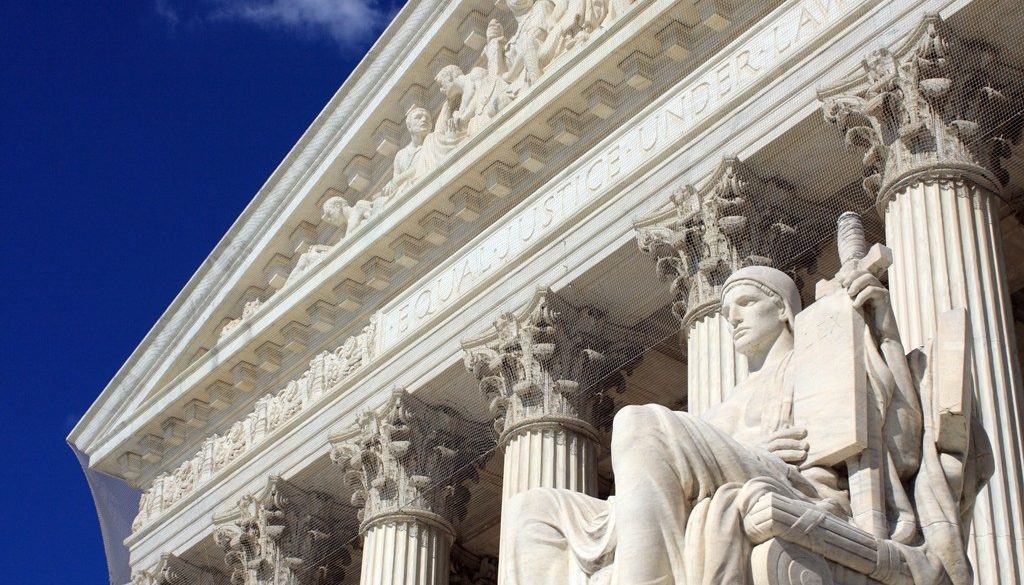The Environmental Stakes Are High in Choosing the Next Supreme Court Justice
By Rhea Suh, Natural Resources Defense Council
In the fight to protect our environment and health from toxic pollution and industrial ruin, the U.S. Supreme Court often has the final word on whether the rights of citizens are upheld by the values and boundaries enshrined in our laws. That’s why we’ll be paying close attention in the months ahead as the U.S. Senate examines the qualifications, record, and legal outlook of Brett Kavanaugh, the federal judge President Trump has nominated to replace retiring Supreme Court Justice Anthony Kennedy.
Before deciding whether to confirm Kavanaugh, the Senate must make sure he’ll honor the right of citizens to access our courts, set aside personal views to fairly apply our statutes, and respect and enforce the laws that hold polluters in check and protect our environment and health. Here’s why that’s important.
If confirmed, Kavanaugh, 53, could still be sitting on the bench three decades from now. By then, there will be nearly 10 billion people on the planet. Kavanaugh will cast pivotal votes that help determine what kind of world they inherit, what kind of world we leave to our children.
A host of the high court’s key decisions in recent months have been decided on 5–4 votes. Going forward, Kavanaugh could be the swing vote on court rulings that could determine—for the entire country and for a generation or more—whether our laws allow reckless pollution or embody our values, safeguard the environment, and protect our safety and health.
As early as October, the court will take up issues affecting our ability to protect endangered species, at a time when entire life forms are dying off at the fastest rate in more than 60 million years. High court rulings could well sustain or diminish our government’s capacity to preserve clean air and water and safeguard our public lands. And the court will be asked to make decisions impacting our ability to protect future generations from the growing dangers of rising seas, widening deserts, raging wildfires, storms and floods, and other hallmarks of climate change.
These decisions will impact our daily lives for generations to come, and the stakes could not be higher—for our families, our communities, our country, and the world.
The protections we need are under assault as never before, challenged in court by industrial polluters who seek to weaken foundational environmental laws and cripple the government’s ability to enforce them. On a second front, polluting industries are using our courts to try to limit or eliminate the voice of citizens speaking out in the public interest.
There are also dozens of active court cases challenging the Trump administration’s attacks on the environment, the health of our people, and the fate of our public waters and lands. If any of these cases end up before the Supreme Court, the new justice could well cast the deciding vote.
After its next term opens in October, the high court is also likely to hear cases that could take away the tools our government needs to continue to enforce our laws and respond to the dangers of a modern world.
A case slated to be heard next fall, for example, has the potential to change the way Congress and agencies like the U.S. Environmental Protection Agency have worked together for generations. The result could hamper the EPA’s ability to implement the commonsense safeguards we all depend on to protect clean water and air, clean up toxic industrial sites, and keep dangerous chemicals out of our food, workplaces, and homes.
The polluters’ dream is to weaken the authority of protective agencies like the EPA, strip them of the tools they need to carry out their mission, and leave citizens powerless to confront toxic pollution and environmental destruction. The Senate has an obligation to make sure our next Supreme Court justice won’t endorse that road to ruin.

